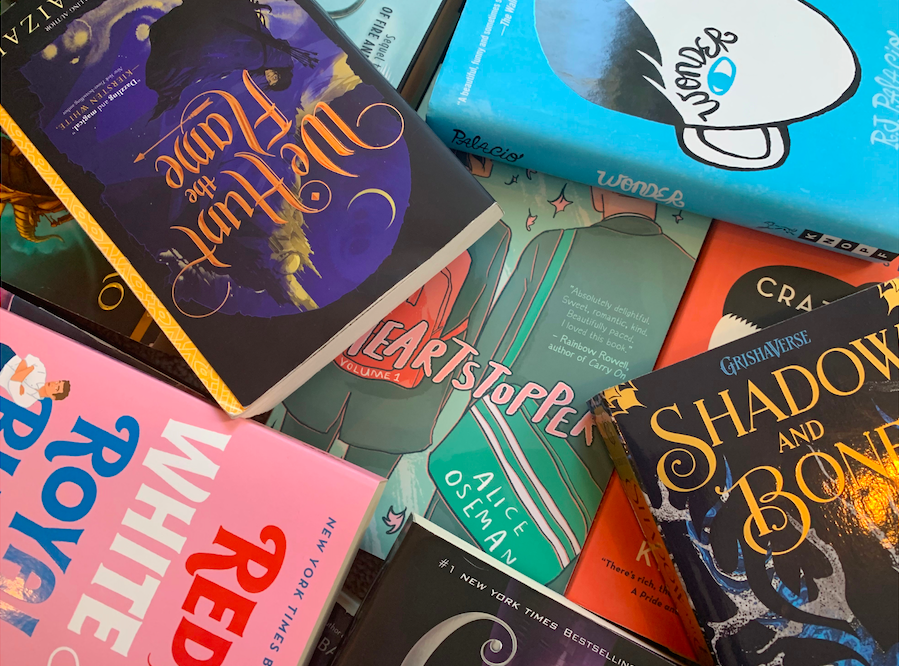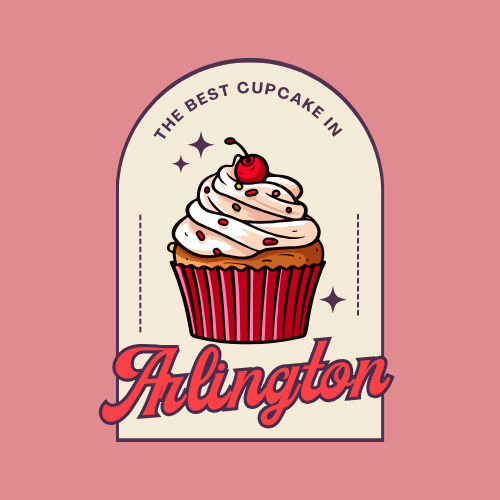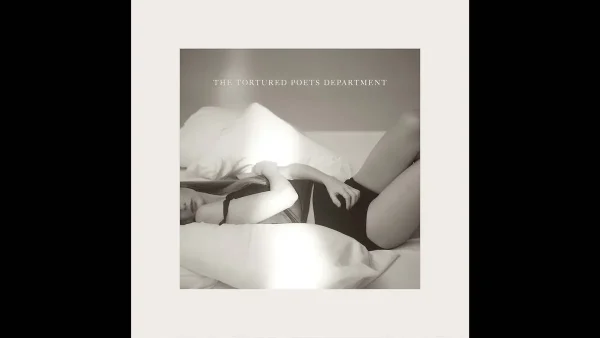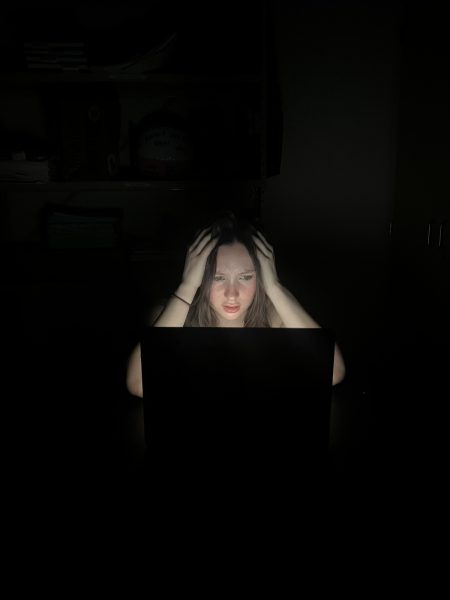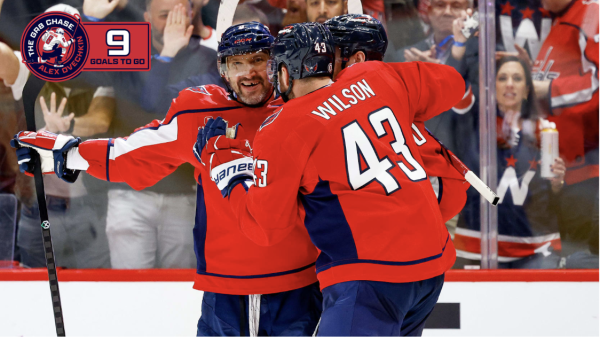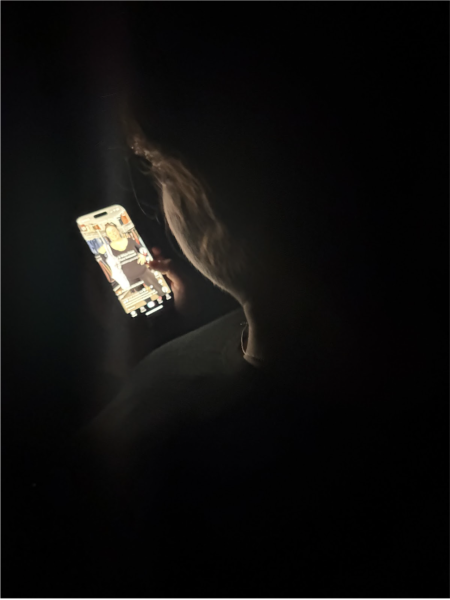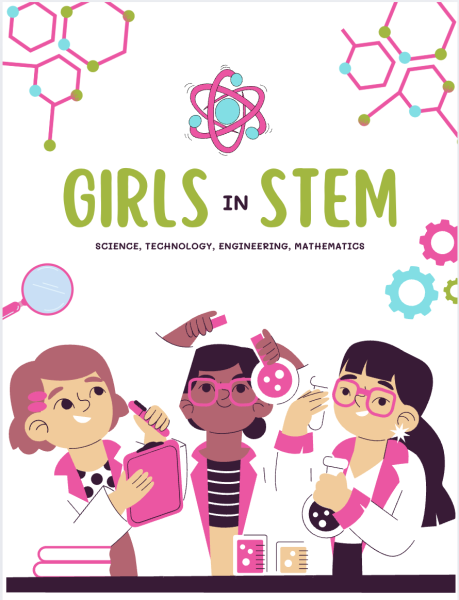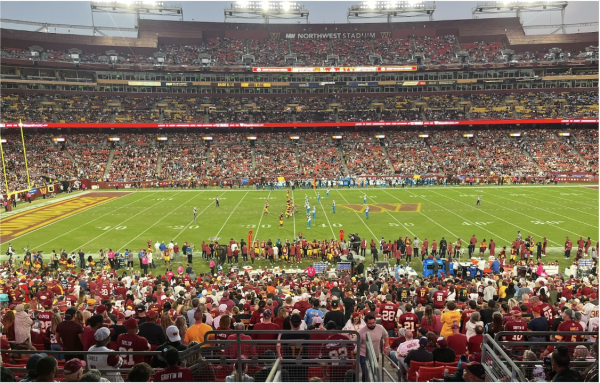Ink Hurts
Why diversity in books matters.
Author’s note:
This article focuses on representation in books. When the word “representation” or “diversity” is used please note that this does not exclusively mean race, but also characters with different body types, religions, LGBTQ+ communities, disabilities (mental and physical), and other groups that are not talked about enough. Also keep in mind that this does not mean that all authors and their series have poor representation (see bottom for recommended books to read); my intentions are merely to highlight the importance of proper representation. This article also specifically focuses on fictional novels rather than non-fiction, religious, poetry and other texts since more modern plot arcs and characters are still relevant today and are some of the best ways to highlight types of representation.
Humans are believed to have started writing more than 5,000 years ago. For 5,000 years we have been drawing and expressing our thoughts onto a material for others to share and enjoy. For 5,000 years humans have been creating worlds.
The history of books and writing is a long and complicated one. Dozens of authors have gained fame for their writing and their books are now studied in school. Classic books like “The Great Gatsby,” “Lord of the Rings,” and “Pride and Prejudice” are some of the most popular books of all time. Even books like “Harry Potter,” written within the past 30 years, have become worldwide sensations, and like “Harry Potter,” some have actual theme parks based around them.
The effect that books have had on humans is undeniable. We use them as a way of expression, a way to show others what we believe in and our experiences. Readers may use books as an outlet, a way to escape present day life, or simply just for enjoyment.
For many, people love that they can see themselves in their favorite hero. This of course extends to movies and television shows. It seems like every kid goes through that “Batman” or “Harry Potter” phase, which, along with many others, started out on paper before going on screen. They all share another thing in common, and that is the lack of diversity in them. Arguably, it is not fair to criticize books written 20 or 40 years ago; history shows just how different things were back then. Since then, however, there has been a significant growth in representation, even in the past 10 years alone. Yet all those world famous books mentioned earlier center around a white protagonist, even if those characters are in Middle-earth.
The United States is more diverse now than ever before, especially amongst the youth, as since 2010 there has been a declining white population in the country. Even if you are not a part of a marginalized community, it is still important to understand why it matters to others and to empathize. Kids read and watch their favorite characters take on and overcome the world, often believing that they can overcome anything, especially if their favorite hero looks like them. Until recently, many of these heroes have never succumbed to racism or have been called slurs for the way they looked. Millions of children have grown up seeing little to no representation of who they are and where they are from. Even today, it is hard to see certain groups in the media.
An example is plus-sized heroes. Social media has grown with positivity of body types, but also hatred. Just think about how many superheroes you know that are not skinny and made of just pure muscle. You can look at how superheroes were portrayed in comic books, how it reflected on the big screen, and how little progress has been made. Having read mostly young-adult fantasy books for the last seven years, I can think of very few of them. It is not just wanting to have diversity, but wanting to see these characters proud of who they are and read them take down bad guys as easily as Batman. When you see superheroes constantly as only one type of person, it can be drilled into your head that only those kinds of people are the ones that can save the world.
Having proper representation is just as important as having more representation. Even if authors have good intentions, writing about communities that you are not a part of and leaning into stereotypes can have harmful effects. Minority communities are often misrepresented, and negative stereotypes can portray these communities in an even worse light. This includes having stereotypical names for the only diverse characters or making people look a certain way, talk differently, or act differently simply because they are the “diverse ones.” Even stereotypes like “all blonds are dumb” or “all women are bad at driving” that people may think are harmless, can add up and can hurt others. These practices are damaging to communities, especially to those that are already stigmatized.
The same can be said about making the only racially different characters the villains. No matter what community you may or may not be a part of and your intent, proper research should be done to give characters justice, especially if they are based off of a real group of people. To do otherwise can give people the impression of fact when it is fiction, and portray real life people in a way they should not be.
Personally, I did not become a more avid reader until fifth grade. It was books like “Percy Jackson and the Olympians,” “The Hunger Games,” “Harry Potter,” and “Divergent” that really got me interested in fantasy and dystopian genres. I did not really notice the lack of representation in all of them until much later. Even if there were “diverse” characters within the books, most of them were pushed to the side as minor characters and none of them really had their own story and plot. The author of “Percy Jackson and the Olympians,” Rick Riordan, would go on to write several more series. Despite Riordian’s cast of originally only white characters, what can be appreciated about him is how over each series he broadens the range of representation he has included. Riordan’s “Heroes of Olympus” (the next series) has seven main characters, four of which are characters of color. Riordan’s following series (three other complete series), all of which are directed towards a younger audience, would showcase characters that are gender fluid, deaf, gay, biracial, and, for the most part, depicted them accurately.
However, it is very debatable if authors that are not a part of certain groups are allowed to write about other groups. Riordan is a cis, white man and has been under scrutiny for cultural appropriation with some of his characters in the past. Some authors like Leigh Baradagou, who is a cis, white woman, has been praised for her broad range of characters in her fantasy books, for not only showing different races, but having characters that have addictions, disabilities, and other body types. Other authors like Sarah J. Mass has had backlash for having many prominent characters inside one series, but very few are confirmed to be of other ethnicities.
In a completely fantasy world with magic and no Earth, if the cast of characters are white, then the characters are still white just in a new setting. Nor is adding minority characters for the sake of diversity appreciated. The word “tan” likes to be used to describe the color of someone’s skin, and leads to a ridiculous amount of differential fan art because it can mean a million different things. Other things like having 10-plus characters in one series, but all of them are in a heterosexual relationship, can also be absurd.
In several books, a character may go through something traumatic and go through a depressive phase or develop an eating disorder. So rarely do you see the character getting proper medical treatment, especially in fantasy books. Usually their to-be significant other shows up and they “show the other the light,” and everyone is happy and fine, end of story. When eating disorders and depression are all serious mental health concerns in real life that cannot just be brushed away in the name of love.
Authors will make mistakes, whether intentional or not. Sometimes their work can be vastly different from who they are. The question of whether you can separate the art from the artist can apply to books as well. Take “Harry Potter” for example. J.K. Rowling has been praised for her world building and characters. Yet time and time again, Rowling has been under fire for things like having stereotypical names for her minor Asian characters, as well as her behavior outside of the books. It is not necessarily wrong to enjoy books that have scrutinized authors, whether you agree with the controversies or not. However, it is important to acknowledge the harm or damage that any author has done. Whether on paper for millions to read or on a Twitter post, words can hurt, and can hurt minority communities and people’s lives. Acknowledging and understanding that not everyone can feel that connected to Harry and that authors—that anyone—should be held accountable for their actions.
History does not have the best record of showcasing minority communities and portraying them as the protagonist, although things have been changing for the better, and many bookstores have sections devoted to communities like LGBTQ+. More authors are not having extra characters for the sake of diversity, but they genuinely mean well and have done proper research. Authors of color have been writing their own stories and publishing them, many of them depicting what things like racism really feels like. There is still a long way to go, but thankfully it seems like novels are heading in a better direction.
Book recommendations with diversity:
Romance :
- Heartstopper (graphic novel) by Alice Oseman: LGBTQ+
- They Both Die at The End by Adam Silvera: LGBTQ+
- Red, White, and Royal Blue by Cassey McQuiston: LGBTQ+
- Simon vs the Homosapiens Agenda by Becky Albertalli: LGBTQ+
- Crazy Rich Asians by Kevin Kwan: Asian representation
- One Last Stop by Casey McQuinston: LGBTQ+
Realistic Fiction:
- The Running Dream by Wendelin Van Draanen: Physical disability
- The Hate U Give by Angie Thomas: Black representation
- Dumplin’ by Julie Murphy: Body positive
- Wonder by R.J. Palacio: Treacher Collins syndrome
- With the Fire on High by Elizabeth Acebedo: Teen mom representation
Fantasy/Science Fiction:
- Lunar Chronicles by Marissa Meyers: Diverse races
- Shadow and Bone (and following series) by Leigh Bardagou: Diverse races, LGBTQ+, disabilities, body positive
- Heroes of Olympus (and other series) by Rick Riodran: Diverse races, LGBTQ+
- Legendborn by Tracy Deonn: Diverse races, LGBTQ+
- These Violent Delights by Chloe Gong: Asian representation
- Cemetery Boys by Aiden Thomas: Diverse races, LGBTQ+
- Song of Achilles by Madeline Miller: LGBTQ+
- Gentleman’s Guide to Vice and Virtue: LGBTQ+
- We Hunt the Flame by Hafsah Faizal: Arab representation
**Book recommendations are from https://www.goodreads.com/list/tag/diversity and recommendations from staff. Not all books are personally read, inaccuracies are most likely made in some of the books.
We Need Diverse Books (non-profit): https://diversebooks.org/


